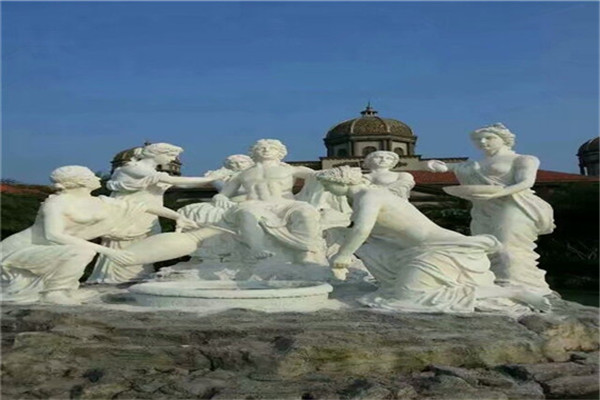
The art of carving various patterns and images on stones, usually also refers to sculpture handicrafts carved from stones. Chinese stone carving can be divided into bluestone carving, marble carving, white marble carving, talc carving, black crystal stone carving, colored stone carving, pebble carving, etc. The bluestone carvings in Hui'an, Fujian, are famous for architectural decoration and stone lions. The mouth of the stone lion contains stone beads that roll freely, and is famous in Southeast Asia. The marble carving in Yunnan is made from the marble of Diancang Mountain. Its patterns are like colored mountains and rivers, or dangerous peaks and valleys, or waterfalls follow the clouds. The inlaid furniture is unique. White marble carvings in Quyang, Hebei, Fangshan, Beijing and other places were mainly used for palace architectural decoration in the Ming and Qing dynasties, such as Huabiao, stone lions, railings, etc; Modern times are used for decoration of public and memorial buildings, such as the Great Hall of the People, the Monument to the People's Heroes, Chairman Mao's Memorial Hall, etc. Talc carvings in Haicheng, Liaoning Province and Laizhou, Shandong Province use small and cute animals as traditional varieties. The carvings of black crystal stone in Dongkou, Hunan and Lichuan, Hubei are dark and bright. Caishi carving is mainly produced in Qingtian, Zhejiang, Shoushan, Fuzhou and Liuyang, Hunan. Pebble carvings are mainly produced in Lanzhou, Shenyang and other places. Stone carving techniques include intaglio (contour carving), shadow carving, relief, round carving (complete three-dimensional carving without any background), and openwork (also known as openwork). Shadow carving is a unique technique of Fujian Hui'an bluestone carving. It uses steel drills of different sizes to chisel on the bluestone, and uses the size, depth and density of the drill points to express the images of landscapes, birds, animals, people, flowers, etc.
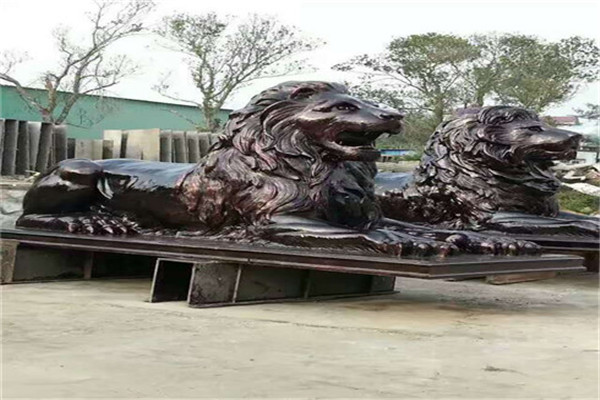
When people talk about jade cultivation, the word "cultivation" not only tells us that jade is a living substance, but also contains a lot of knowledge. The maintenance of jade jewelry can be summarized as follows: the hardness of jade is very high, but it is easy to crack after collision. Sometimes, although the cracks cannot be seen with the naked eye, the molecular structure in the surface of jade has been damaged, with dark cracks, which greatly damages its perfection and economic value. Avoid dust as much as possible. If there is dust on daily jadeware, it should be cleaned with a soft brush; If dirt or oil stains are attached to the surface of the jade, they should be brushed with mild soapy water, and then washed with clean water. Do not use chemical degreasing agent or degreasing fluid. It is better to put it in the jewelry bag or jewelry box to avoid scratches or damage. If it is high-grade jade jewelry, do not place it on the counter to avoid dust and affect the transparency. Try to avoid contact with perfume, chemicals, soap and human sweat. If jade is exposed to too much sweat and is not wiped clean immediately after wearing, it will be eroded, causing damage to the outer layer and affecting the original brightness. Especially the "glass ground" jadeite and white sheepskin jade, which also avoid sweat and grease. Jade should be protected from the sun, because the expansion of jade in case of heat will affect its quality. Hibiscus jade, crystal, agate, etc. may even burst under high heat. Wipe the accessories with clean and soft white cloth, not with dyed cloth or hard fiber cloth. Jade jewelry inlaid with diamonds, rubies, emeralds and other precious stones should only be wiped with a clean white cloth to remove grease, dust, etc., which helps maintain and maintain the original quality. Keep proper humidity. The quality of jade depends on a certain humidity, especially for aquabilite and crystal jade. The surrounding environment shall not be too dry.

First of all, make the structural layer of the steel bar mountain mesh on the stone wall. According to the Hainan sculpture stone structure, the density of the steel bar is about 30 to 50 cm. Then, bind and weld the steel bar on the exposed steel bar head. Pay attention to the need to shape the approximate shape. After the steel bar is welded, tie a layer of steel wire mesh outside, and then start painting. The first painting is to make a base layer. For the second painting and shaping, it is necessary to make some rock texture, such as concave and convex, wrinkles, because the above steps must be grasped, and craftsmen must make the surface very artistic! Must have basic skills of modeling and stone molding. It is effective to spray stone like paint. Before large-area spraying, small samples were tested to show speckled particles in natural stone. Fill the gaps in the stone wall with earth and then plant them. Maybe fill some ceramic bottles and jars that are harmonious with the theme materials. There are still some water sources in the pottery to supplement its spatial diversity. There is also a new type of plastic stone, which is made of light materials such as environment-friendly building raw materials, fine resins, efficient reinforcing agents, pro aggregate, imported pigments, etc., by mixing, processing, molding, and then steaming at high temperature. Each product has different shapes and various combinations, which are no different from real stones in texture, color and texture.
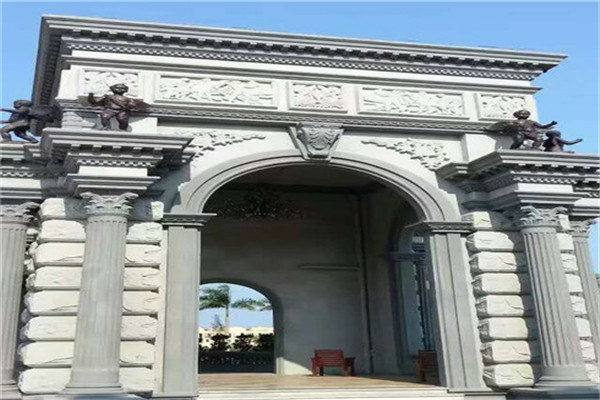
In the process of tourism development, Guangdong GRC component The landscape already exists. From the domestic Terracotta Warriors and Horses, the Shinto of the Ming Tombs, Dunhuang Grottoes, etc., a large number of tourists at home and abroad have been attracted. In recent years, Beijing Shijingshan International Sculpture Park, Miyun Legal Park, Changchun Sculpture Park, and OCT Sculpture Park, a number of urban theme parks, are also attracting tourists from all walks of life. Foreign theme sculpture parks such as Vigeland Sculpture Park, Seattle Olympic Sculpture Park, South Korean Sex Sculpture Park, etc. also attract many tourists. Here, the theme sculpture park and GRC component Price Classify the similar tourist areas, find out the commonness and difference among them, and provide reference for the application of sculpture landscape in tourism development.
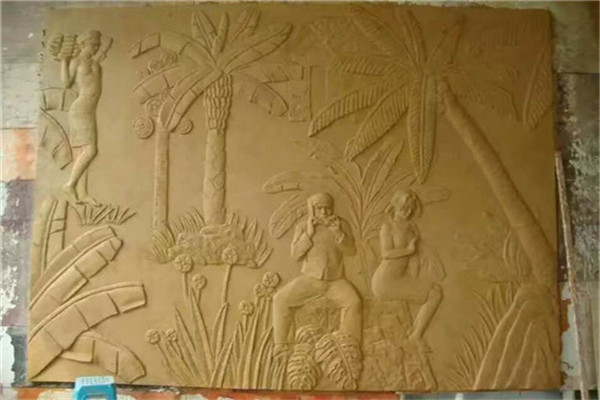
Full name of GRC component: GRC building detail decoration component. Abbreviation of the specification: GRC building details. Because the name of GRC building detail decoration component is too long to remember, lines are often referred to as GRC components. Because of the prevalence of European customs in recent years, they are also often called GRC European components, GRC Roman columns, GRC eaves lines, GRC decorative lines, GRC corner lines, GRC door and window covers, GRC vase railings, etc. According to the national standard Code for Acceptance of Construction Quality of Building Decoration Engineering (GB50210-2001) issued by the Ministry of Construction, GRC building detail decoration component belongs to one of the building components in the detail project of building decoration engineering. The product is to mix the raw materials according to a certain proportion, and Hainan sculpture is poured into the mold, which can produce products with rich shapes and diverse textures. According to the different needs of customers and designers, we can carry out arbitrary art modeling to perfectly realize the designer's design dream.
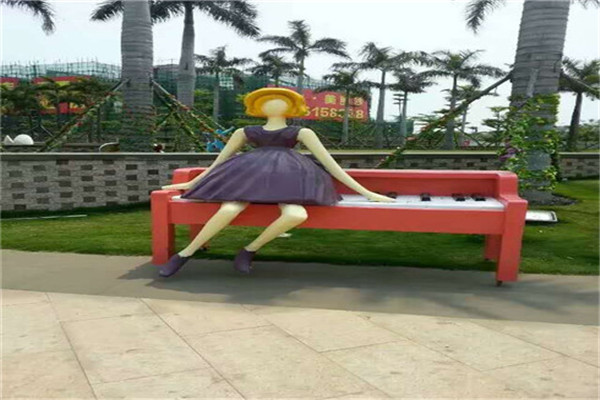
The openwork carving technique is an original carving technique in Putian. There are still many "gold inlaid openwork lanterns" and "embossed flower windows" in the Palace Museum in Beijing, which all support the traditional craft charm of Putian wood carving. From the end of the Ming Dynasty to the beginning of the Qing Dynasty to the Republic of China, Putian wood carvings were mostly made of longan wood, which was rich in local production. Carved into various military officers, women or gods, antiques, supplemented by old paint painting, make the work more deep color. Zhu Bangshou, Huang Dangui, Chen Xiange and other famous painters, together with Liu Ronglin, formed a round sculpture character style characterized by Pu style military generals. So far, many figures and architectural decoration wood carvings have been left for future generations in Guandi Temple, Yuanxia Village, Jiangkou Town, Jiufeng Village, Wutang Town and other old folk houses, These masterpieces, which combine round, transparent and relief carvings, are treasures of Putian wood carving art.






